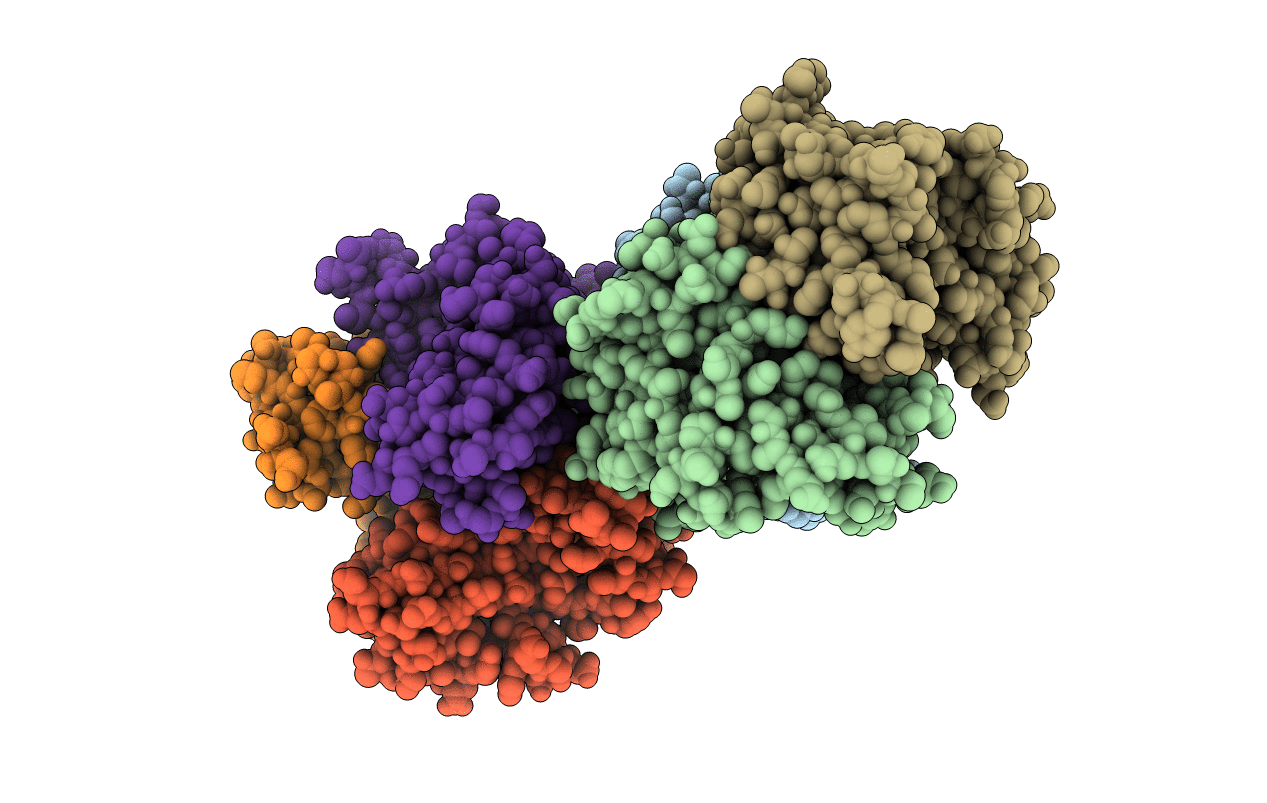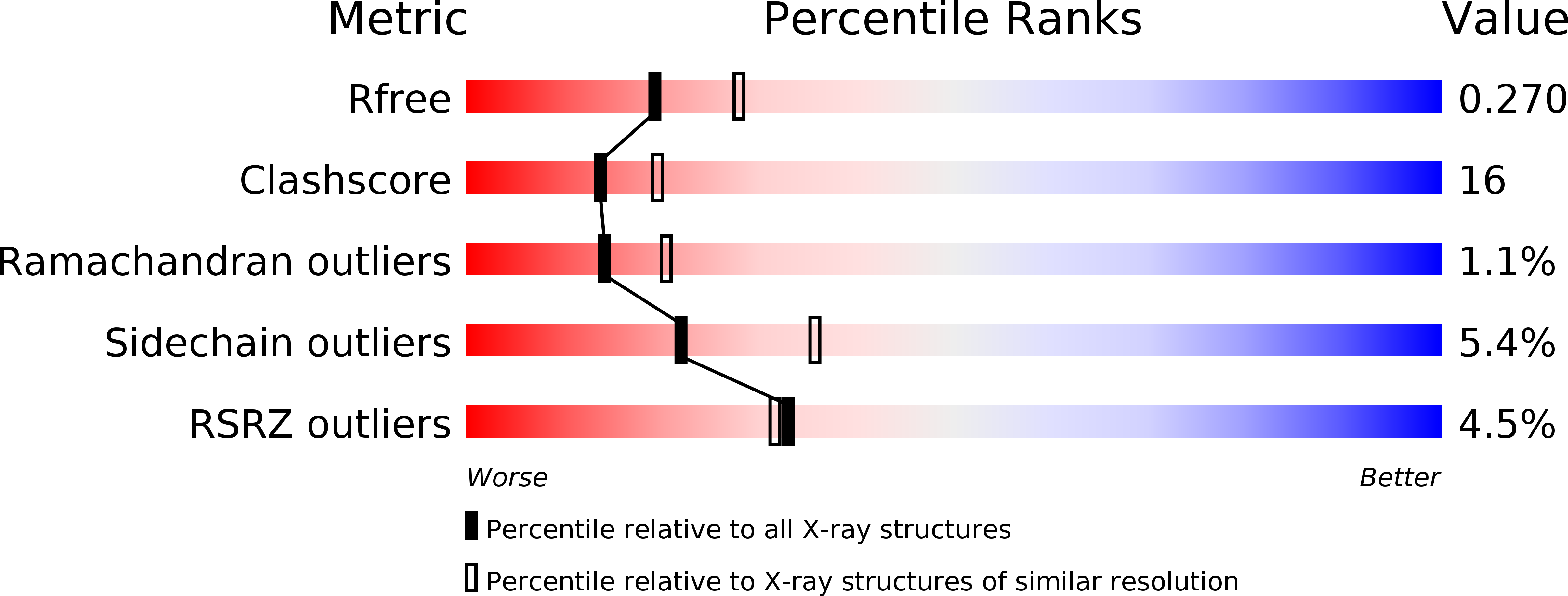
Deposition Date
2008-03-25
Release Date
2008-06-17
Last Version Date
2024-04-03
Method Details:
Experimental Method:
Resolution:
2.40 Å
R-Value Free:
0.27
R-Value Work:
0.24
R-Value Observed:
0.24
Space Group:
P 65 2 2


